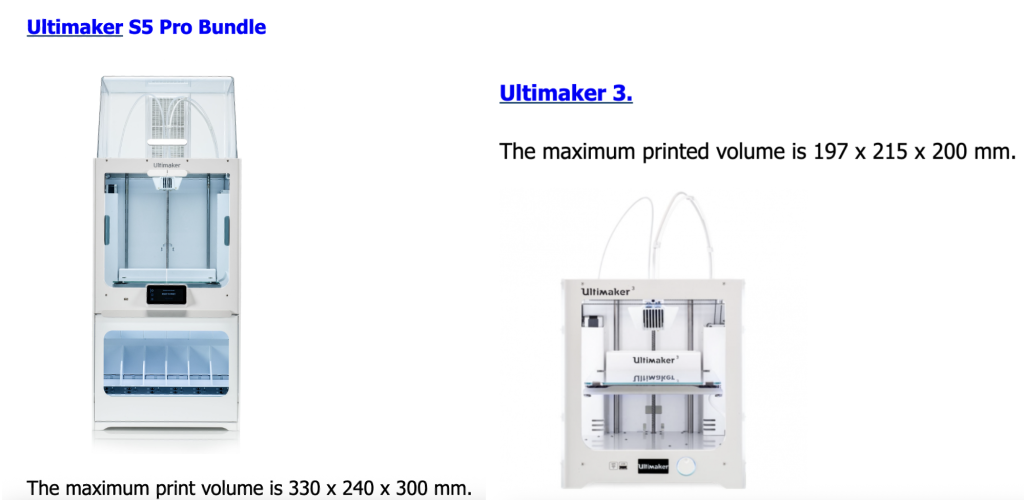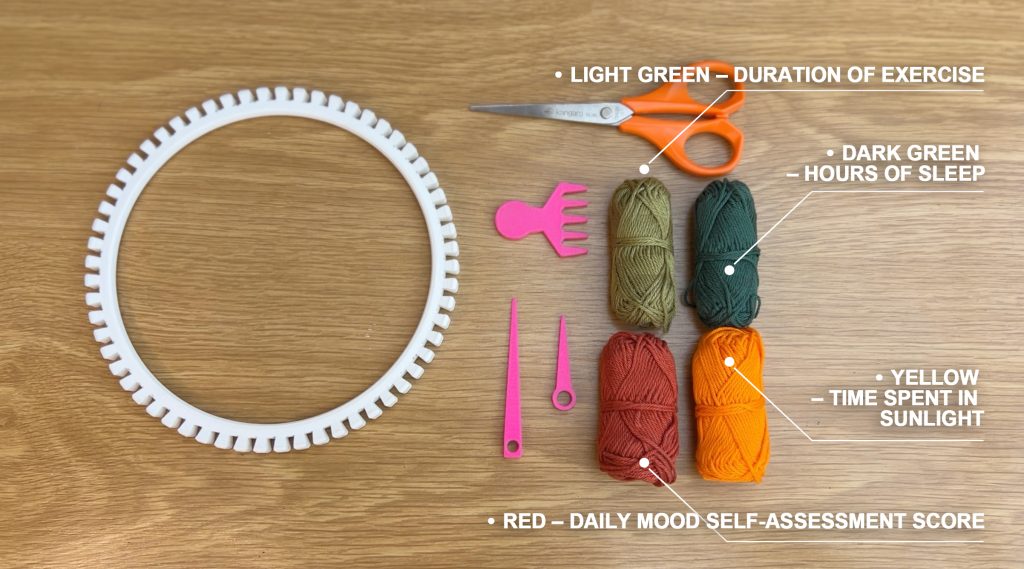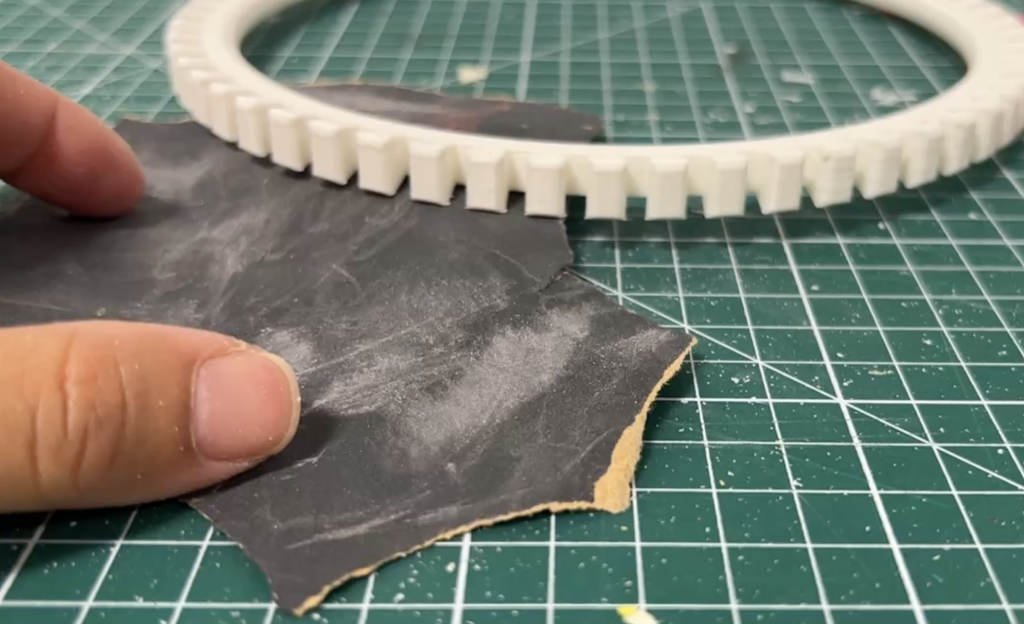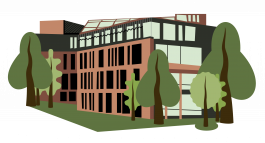Chapter 1: Preparing the Project Materials
YongHong Chen
Materials and Tools Required
- 3D Printers and Printing Materials
- Ultimaker S5 Pro Bundle
- Ultimaker 3
- PLA filament (various colours)
- Breakaway or PVA support material
🛈 Note: Any standard Fused Deposition Modelling (FDM) 3D printer and compatible filament can be used. The listed devices were used for the demonstration.

Weaving Materials
- Colourful yarns: In this project, four different colours of yarn have been prepared as an illustrative example. Choose any colours you like to represent your data categories – the selection here is for demonstration purposes. Each colour corresponds to a particular dataset:
- Light green – Duration of exercise
- Dark green – Hours of sleep
- Yellow – Time spent in sunlight
- Red – Daily mood self-assessment score
🛈 Note: This example colour coding provides a tactile and visual method for representing personal data. However, you are encouraged to assign colours in a way that best suits your dataset or creative preference.
Additional Tools
- Scissors
- Fine-grit sandpaper


Software Preparation
- Adobe Photoshop 2025 (Shown on macOS)
- Blender 3.6.3 (Shown on macOS)
- Ultimaker Cura 5.9.0 (Shown on Windows)
🛈 Note: The included screen captures for Adobe Photoshop and Blender are displayed on macOS, while Ultimaker Cura is shown on Windows. All three can be used on both operating systems; the only variance might be the user interface (UI) layout and keyboard shortcuts.
Design & Modelling Software – Optional Alternatives
- For the loom sketching and design phase, you also draw the designs by hand or use other digital tools such as:
- Procreate, Clip Studio Paint, Krita, MediBang Paint Pro, or Sketchbook
- For 3D modelling, alternatives to Blender include:
- Maya, 3ds Max, ZBrush, SketchUp, Fusion 360, or Cinema 4D
- For 3D slicing and print preparation, you can also use:
- Simplify3D, PrusaSlicer, or Slic3r
🛈 Note: This project used Blender and Ultimaker Cura, but learners are free to use any tool they are comfortable with.

